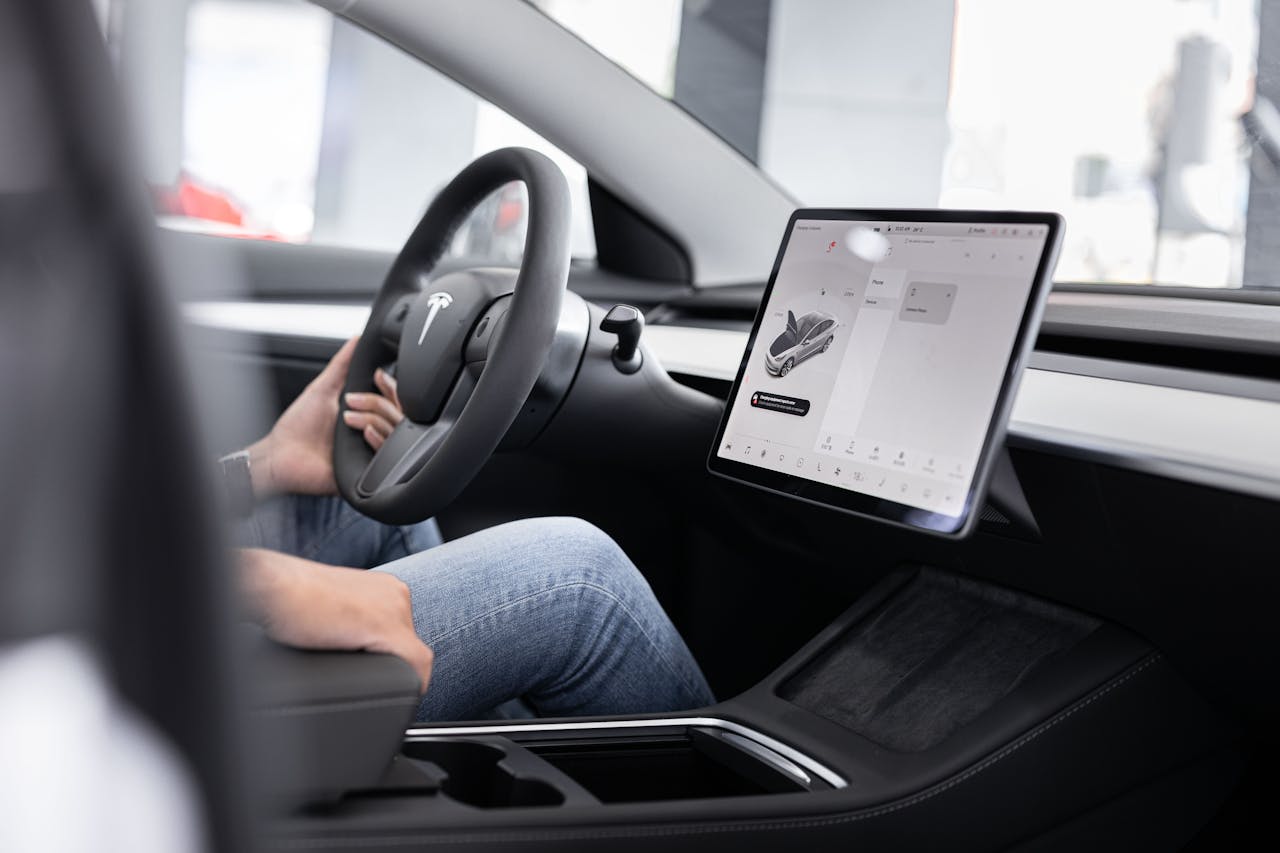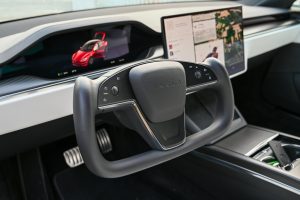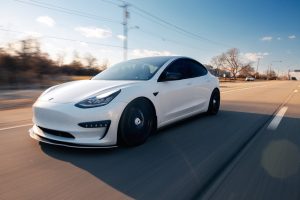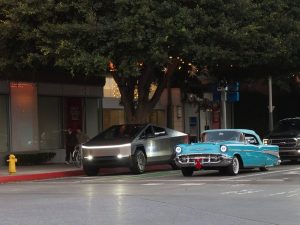Explosive Growth of the Global EV Market, EV Is Future
Over the past five years, the EV market has skyrocketed like a rocket. In 2020, global EV sales were around 3.2 million units, and by 2025, that number is expected to exceed 15 million, with a compound annual growth rate of over 30%. The U.S., Europe, China, and India account for over 80% of the global EV sales. In these regions, consumer awareness of environmental issues has significantly increased, strong policy support from the Chinese government, and India’s gradually improving infrastructure all contribute to this rapid growth.
Environmental Pressures and Climate Goals
As climate change becomes increasingly severe, major global economies have set carbon neutrality targets. The EU aims for net-zero emissions by 2050, the U.S. targets a 50%-52% reduction in greenhouse gases by 2030, and China aims for carbon neutrality by 2060. The transportation sector accounts for around 24% of global carbon emissions, making reducing vehicle exhaust a critical part of climate action. EVs, offering zero tailpipe emissions, have become a key technological path to achieve these goals.
Government Policy Support and Incentive Programs
As of 2025, many countries are still encouraging EV adoption through purchase subsidies and tax incentives. The U.S. federal government provides up to $7,500 in tax credits, while the EU imposes carbon penalties to pressure automakers to go electric faster. In China, central purchase subsidies are phasing out, but local governments continue to support EV adoption through infrastructure subsidies and perks like priority license plates in cities like Beijing. These policies reduce the upfront cost for consumers and are major drivers of market growth.
Charging Infrastructure Expansion and Technological Innovation
The widespread use of EVs depends on rapid deployment of charging stations. By the end of 2025, the number of public chargers worldwide is expected to surpass 2.5 million. The U.S. and China are the two largest markets, with over 700,000 and 1.2 million public chargers, respectively. On the technology front, ultra-fast charging (e.g., 350kW+) and battery-swapping stations are entering commercial use, easing range anxiety. Governments are setting policies to support charging infrastructure — for example, the EU aims to build one fast charger every 60 kilometers along highways by 2025.
Battery Technology and Cost Reduction as Key Enablers
The EV battery is its “heart,” making up 30%-40% of the total vehicle cost. Over the past decade, battery costs have dropped from about $1,100 per kWh to an estimated $100–120 per kWh by 2025, thanks to materials innovation and economies of scale. Next-gen technologies like solid-state batteries are progressing quickly and are expected to enter mass production after 2030. Battery recycling and the use of green materials are also gaining momentum, becoming a focus for both governments and companies worldwide.
Automakers’ Strategic Shift and Supply Chain Realignment
Legacy automakers such as Volkswagen, GM, and Toyota have all released aggressive EV transition plans, with dozens of new EV models and hundreds of billions of dollars in investments over the next 5–10 years. Emerging brands like Tesla, BYD, and NIO are carving out market share through innovation and customer experience. Upstream, materials sourcing is becoming greener — the mining and supply of key minerals like lithium and cobalt now face stricter environmental standards. The global supply chain is undergoing a major transformation.
Changing Consumer Behavior and Market Expectations
More consumers are proactively considering EVs. By 2025, over 60% of EV buyers in the U.S. say environmental concerns are a key factor in their decision, while range anxiety has dropped from 70% in 2019 to just 35%. Improved charging convenience and vehicle performance have significantly enhanced user experience. In terms of pricing, as production costs drop, EV prices are expected to match or even undercut traditional gas cars between 2027 and 2030 — further boosting demand.
Global Policy Comparison Chart
- United States: Federal tax credit up to $7,500; some states offer extra subsidies; planning to ban new gasoline cars by 2035.
- European Union: Many countries limiting gas car sales; carbon fines push automakers; subsidies are declining but infrastructure support continues.
- China: Central subsidies are fading; focus on charging station development; goal of 40% of new car sales to be NEVs by 2025.
- Japan & South Korea: Offer tax incentives; also promote hydrogen vehicle development.
- India: Promotes local EV manufacturing; subsidies mainly target two- and three-wheelers.
Future Outlook and Challenges
While policy support is likely to continue, subsidies will gradually fade, meaning the market will rely more on technology and consumer confidence. Challenges remain, including battery technology bottlenecks, uneven charging infrastructure, and raw material supply volatility. Developing a robust used-EV market and battery recycling systems will also be essential for environmental goals and industry sustainability.
FAQ
1. Why are EVs considered the future of transportation?
EVs produce zero tailpipe emissions, helping countries meet their climate goals. On top of that, battery technology is getting better and cheaper, charging networks are growing fast, and more governments are offering incentives to push the shift toward electric mobility.
2. What are the current government incentives for EV buyers in the U.S.?
As of 2025, the U.S. federal government offers a tax credit of up to $7,500 for eligible EVs. Some states also provide additional rebates or perks, like HOV lane access and reduced registration fees.
3. Are EVs really cheaper than gas cars in the long run?
Yes. While the upfront cost may still be higher in some cases, EVs have lower maintenance costs, lower fuel costs (electricity vs. gas), and growing government incentives. By 2027–2030, EVs are expected to reach price parity with internal combustion engine vehicles.
4. What’s the biggest challenge facing EV adoption today?
Charging infrastructure is still uneven in many regions, and fast-charging stations are not yet as widespread as gas stations. Battery supply chains and raw material availability (like lithium and cobalt) are also ongoing concerns.
5. Which countries are leading the EV transition?
China, the U.S., and several EU nations (like Germany, Norway, and France) are leading in both EV adoption and infrastructure development. India is quickly catching up, especially in the two- and three-wheeler segments.
6. Will EV batteries become more sustainable in the future?
Yes. Battery recycling technologies and the use of green materials are advancing. Countries and automakers are investing heavily in closed-loop battery supply chains and eco-friendly sourcing to reduce environmental impact.



